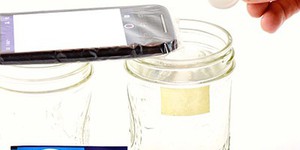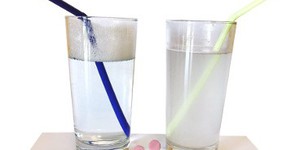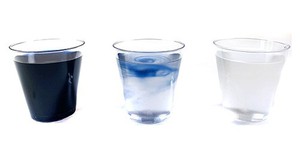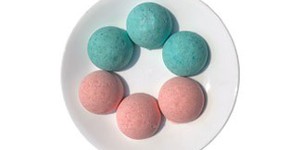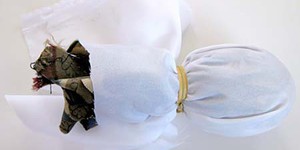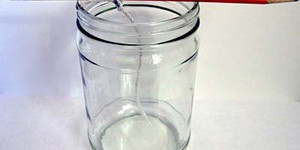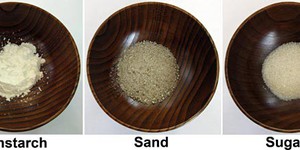Others Like “Big Pieces or Small Pieces: Which React Faster?” (top 20 results)
|
The ingredients in Alka-Seltzer® tablets undergo a chemical reaction that produces carbon dioxide gas as soon as the tablets hit water. Do you think you can cause the tablets to produce gas faster by breaking them into smaller pieces before dropping them in water? Find out for yourself with this project.
Read more
Alka-Seltzer® tablets fizzle furiously when dropped into water. The moment the tablet starts dissolving, a chemical reaction occurs that releases carbon dioxide gas. In this science project, you can even measure how long and loudly your tablet fizzes using a smartphone equipped with a sensor app. Do you think you can make Alka-Seltzer fizz faster or more loudly by changing the temperature of the water? How big of a difference in the rate of a chemical reaction can temperature make?
Read more
This is a straightforward, fun project to measure the rate of the chemical reaction that occurs when Alka-Seltzer® tablets are plopped into water. You will track the volume of carbon dioxide gas produced at regular intervals after the reaction begins. How does changing the temperature of the water affect the production of gas?
Read more
Have you ever wondered why bubbles form when you mix soap and water? Is it possible to mix soap and water without making bubbles? Medical doctors actually study similar questions when they treat patients who have too much gas trapped in their digestive system, which can cause pain and bloating and also signal a serious medical problem. Some drugs, including one called simethicone, can help relieve extra gas in the digestive system. In this science project you will find out how simethicone…
Read more
The iodine clock reaction is a favorite demonstration reaction in chemistry classes that usually requires toxic or hazardous chemicals. During the reaction, two clear liquids are mixed, resulting in another clear liquid. After some time, the solution suddenly turns dark blue. The reaction is called a clock reaction because the amount of time that elapses before the solution turns blue depends on the concentrations of the starting chemicals. In this green chemistry project, you will use a…
Read more
Have you ever had a refreshing bath using a bath bomb? A bath bomb is several ingredients mixed and molded into a shape, which becomes fizzy when it touches the water. It can be quite a relaxing experience, especially if your bath bomb has a nice fragrance or includes some bath salts. The fizz is the result of a chemical reaction taking place between different ingredients within the bath bomb. In this science project, you will get to make your own homemade bath bombs and explore how changing…
Read more
Have you ever dyed eggs? Turning eggshells from white into different, dazzling colors can be a lot of fun! To do this, most people buy dye tablets to make different colors in a liquid bath. They then dip the egg into the liquid and wait till it turns the desired color. You can dye eggs in many other ways, and one neat method uses silk ties. Sounds strange to use clothing to dye eggs, right? But it actually works really well! In this science project, you will dye eggs with old or used…
Read more
Crystals come in all different shapes and sizes. However, the purest and cleanest crystals are usually also the ones that grow to be the largest in size. In this science fair project, you will compare the size and shape of crystals grown in three different temperature conditions: room temperature, in the refrigerator, and in an ice bath. With just water and borax, a household cleaning product, you can discover the best recrystallization method for growing large, pure crystals.
Read more
Have you ever wondered why some things disappear when they are put in water but other things do not? For example, you may have seen that salt disappears, or dissolves, when it is mixed in a glass of water. But when you throw a rock in a stream it will not usually dissolve, and instead it will just sink to the bottom. And then there are some things that do not act like the salt or the rock. These are called colloids. If you have made Oobleck out of cornstarch and water, then you have seen…
Read more
How do you like your mashed potatoes? Thin and whipped smooth? Or thick and mashed into chunks? Your mouth checks out not just the taste of your food, but its viscosity, or how it flows on your tongue, every time you take a bite! In this science fair project, you'll learn what viscosity is, and how to measure it in common liquids around your home.
Read more
|
Explore Our Science Videos
Matchstick Rockets
DIY Rubber Band Paddle Boat
Marble Machine: 2016 Engineering Challenge




